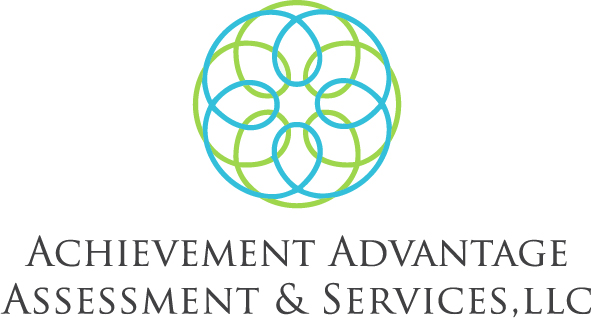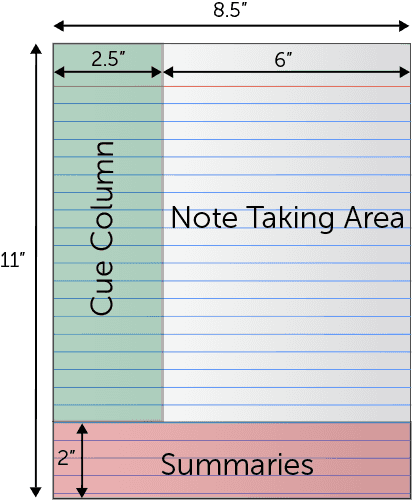In our last post, we discussed the components of an evaluation to determine the presence of a reading disability. This week, we will cover how to match appropriate instructional strategies to the results of an evaluation.
The National Reading Panel determined that there are five main skill areas that are necessary for reading: Phonemic/Phonological Awareness, Phonics, Fluency, Vocabulary, and Comprehension. Interventions should be developed to align with these main areas and the strengths and weaknesses identified within a student’s evaluation. The most foundational skills should be remediated first or in conjunction with other skill areas because students need to form a strong foundation before we can expect them to complete more complex reading skills.
The five areas identified by the National Reading Panel fall within the different eligibility categories for specific learning disabilities on the Evaluation Team Report (ETR). The ETR indicates that a student with a reading disorder may fall within the following special education categories: Basic Reading Skills, Reading Fluency, and Reading Comprehension.
This week we will focus on instructional strategies that will address the Basic Reading Skills category.
Phonological Awareness Intervention
Phonological Awareness is the most foundational skill related to reading, but it often gets overlooked. It refers to an individual’s awareness of the sound structure of oral language. Depending on the individual’s age and needs, intervention might include rhyming, sound matching, sound blending, and sound segmenting activities.
Phonics Intervention
Phonics is the next skill related to basic reading. It refers to correlating sounds with letters or groups of letters. Phonics intervention might include teaching letter to sound correspondence, high frequency sight words, syllable patterns, etc.
There are several resources that provide fun, engaging research-based activities to address these areas. For example, the Florida Center for Reading Research provides free printable activities based on grade level. Additionally, the University of Oregon also provides information about underlying reading theory and instructional strategies. Understanding, Assessing, and Intervening on Reading Problems by Dr. Laurice Joseph also provides helpful information about strategies that educators can use to address basic reading needs.
Providing these types of intervention in a small-group within a classroom setting can help remediate basic reading skills deficits, especially for those students who may have a mild reading disorder or simply need to fill in some skill gaps. However, many students with more significant reading concerns need a more intensive intervention program.
Next week, we will discuss structured literacy programs, which take a multisensory approach to systematically teach reading skills that students. These types of intensive intervention programs often work well for students with dyslexia and other basic reading skills deficits.




